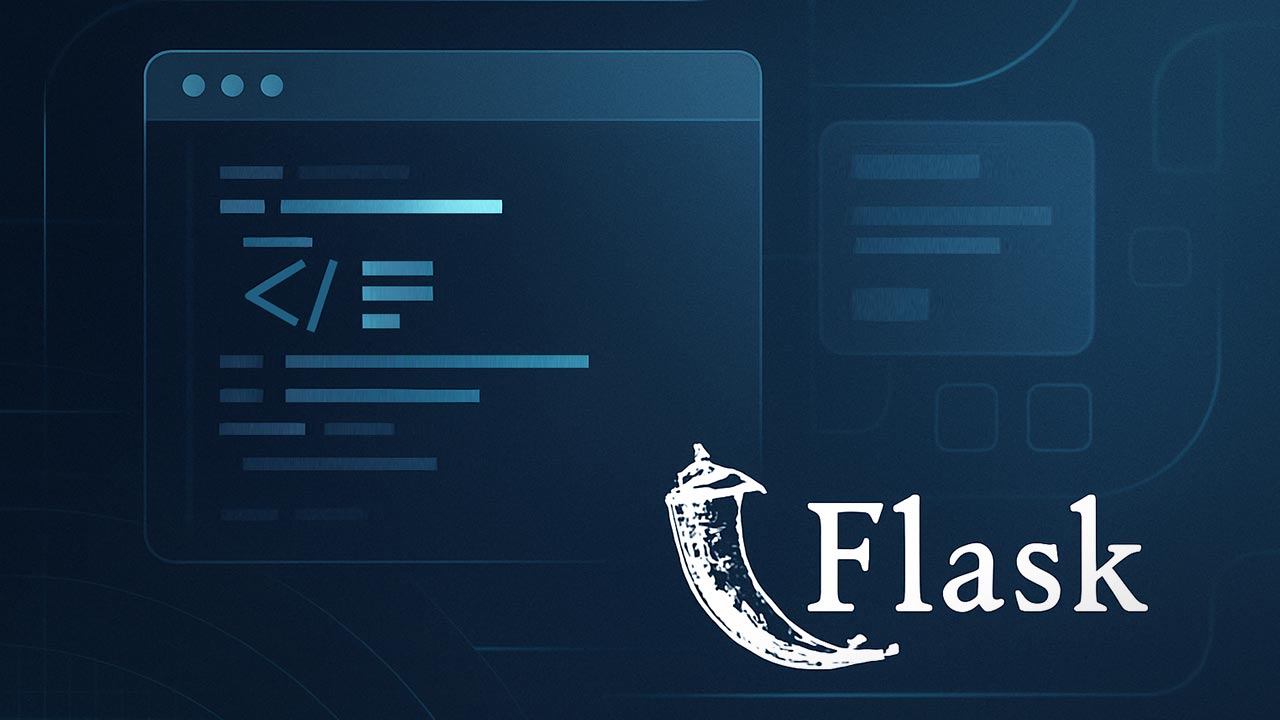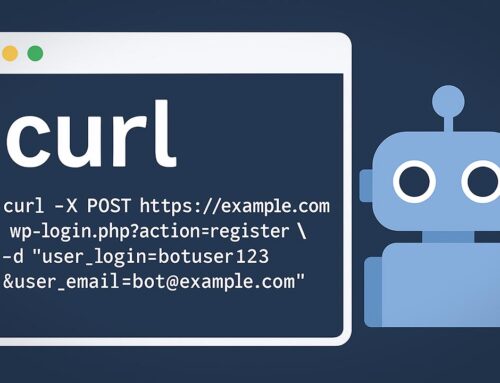What is Flask? A Guide to Python’s Lightweight Web Framework
Flask is one of the most popular micro web frameworks in the Python ecosystem. This article breaks down what Flask is, why it’s used, how it compares to other frameworks, and how to get started with it—even if you’re new to web development.
Table of Contents
- Introduction to Flask
- Why Use Flask?
- Flask vs. Other Web Frameworks
- Core Components of Flask
- Building a Simple Flask App
- Common Use Cases
- Tips for Getting Started
- Top 5 Frequently Asked Questions
- Final Thoughts
- Resources
Introduction to Flask
Flask is a micro web framework written in Python. Created by Armin Ronacher in 2010, it was designed to keep things simple while allowing developers to build scalable and maintainable web applications. It comes with the bare essentials: routing, templating, and session management. But beyond that, you’re in control.
Why Use Flask?
Flexibility
Flask gives you the power to build your application your way. There’s no required project layout, no forced ORM (Object Relational Mapper), and no strict dependencies. This flexibility makes Flask a go-to choice for both small projects and large-scale web services.
Minimalism
Being a micro framework, Flask is lightweight. It doesn’t come loaded with tools you might never use. That makes it easier to learn, faster to run, and more transparent when it comes to understanding what your code is doing.
Extensibility
Despite being minimal, Flask is incredibly extensible. With thousands of extensions available—like Flask-SQLAlchemy for databases or Flask-Login for user authentication—you can plug in only what you need.
Flask vs. Other Web Frameworks
Flask vs. Django
Django provides more out of the box but is less flexible. Flask, on the other hand, gives developers more freedom.
| Feature | Flask | Django |
|---|---|---|
| Type | Micro web framework | Full-stack web framework |
| Ease of Use | Very beginner-friendly | Moderate learning curve |
| Project Structure | Flexible, developer-defined | Opinionated, convention-based |
| ORM Support | Optional (e.g., SQLAlchemy) | Built-in Django ORM |
| Admin Interface | None built-in (use extensions) | Includes a powerful admin panel |
| Async Support | Limited (experimental/extension-based) | Partial as of Django 3.1+ |
| Built-in Tools | Minimal (add what you need) | Includes forms, auth, middleware, etc. |
| Use Cases | APIs, microservices, lightweight apps | Large-scale apps, content-heavy sites |
| Community | Large, active | Very large, enterprise-level |
| Documentation | Concise and simple | Very comprehensive and in-depth |
Flask vs. FastAPI
FastAPI is newer and optimized for performance with async support and automatic API documentation. If you’re building APIs at scale, FastAPI might be better. But Flask is more established, has broader community support, and is easier for beginners.
| Feature | Flask | FastAPI |
|---|---|---|
| Type | Micro web framework | Modern web framework for building APIs |
| Performance | Good | Excellent (async & high-speed optimized) |
| Ease of Use | Very beginner-friendly | Slightly steeper learning curve |
| Syntax Style | Classic Python (functions & decorators) | Python 3.6+ with type hints |
| Async Support | Limited (via extensions or tweaks) | Built-in native async support |
| Data Validation | Manual or with extensions | Automatic via Pydantic |
| API Docs | Requires setup | Auto-generated with Swagger & Redoc |
| Use Cases | General web apps, APIs, prototypes | Fast, scalable APIs, microservices |
| Community | Larger, mature | Growing rapidly |
| Documentation | Extensive, beginner-focused | Very modern, type-safe examples |
Core Components of Flask
Routes and Views
In Flask, a route maps a URL to a function. Here’s a basic example:
python
from flask import Flask
app = Flask(__name__)@app.route('/')
def home():
return 'Hello, World!'
Templates
Flask uses Jinja2 as its templating engine, allowing dynamic HTML generation:
html
<!-- templates/home.html -->
<html>
<body>
<h1>Hello, {{ name }}!</h1>
</body>
</html>
python
from flask import render_template
@app.route('/hello/')
def hello(name):
return render_template('home.html', name=name)
Request and Response Objects
Flask provides access to request and response objects for handling input/output:
python
from flask import request
@app.route('/submit', methods=['POST'])
def submit():
data = request.form['data']
return f"You submitted: {data}"
Building a Simple Flask App
1. Install Flask:
bash
pip install Flask
2 Create the App:
python
# app.py
from flask import Flask
app = Flask(__name__)@app.route('/')
def index():
return 'Welcome to Flask!'
3. Run the App:
bash
export FLASK_APP=app
flask run
Your app will be available at http://127.0.0.1:5000/.
Common Use Cases
- REST APIs
- Prototyping and MVPs
- Microservices architecture
- Educational tools and tutorials
Tips for Getting Started
- Stick with the basics before exploring extensions
- Follow Flask’s
- Use virtual environments to isolate dependencies
- Popular extensions:
Flask-WTF,Flask-Login,Flask-Migrate
Top 5 Frequently Asked Questions
Final Thoughts
Flask stands out because it gives developers both control and simplicity. You’re not locked into one way of doing things, and you can scale your project with only the components you need. Whether you’re building an MVP, learning backend development, or deploying APIs in production, Flask provides a clean, reliable foundation to build on.
Resources
- Flask Official Docs
- Flask GitHub Repository
- Jinja2 Docs
- Flask Mega-Tutorial by Miguel Grinberg









Leave A Comment